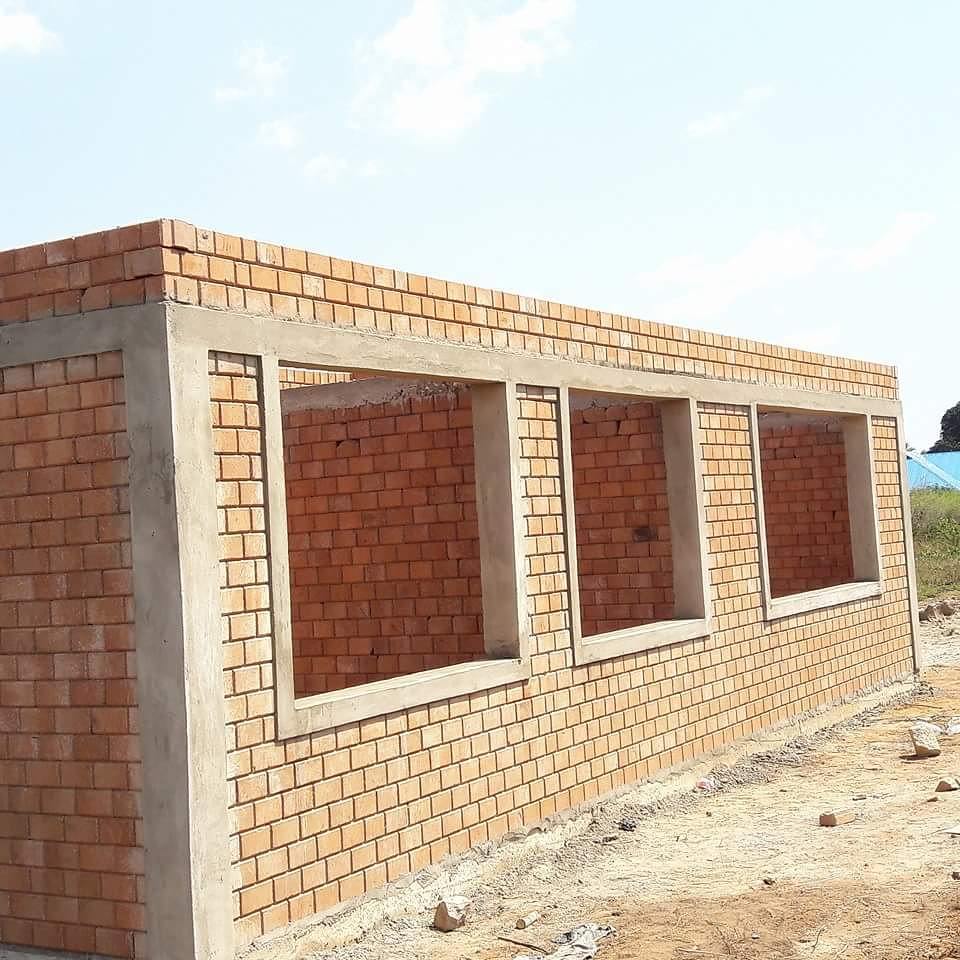Stone Masonry | Types of Masonry | Types of Masonry Walls
Stone Masonry | Types of Masonry | Types of Masonry Walls
What is Stone Masonry
Masonry is a system of traditional construction. It consists of superimposing rocks, bricks, or precast concrete blocks to construct walls or faces. Uniform materials or not, also called masonry, are arranged manually and rigged. For its addition, a mixture of cement or lime is used, with sand and water.
The stone and mortar walls, a product of masonry, are of outstanding durability and resistance. Generally structural and bearing, suitable for buildings of increased height. Likewise, those not load-bearing serve to divide spaces and find their strength in concrete, steel, or wood porches.
Among the system’s advantages is the exclusive use of materials, that-rough, or carved-are used for construction. The large stones are used as a covering or cladding for exterior floors and walls. Bricks are bonded into vertical partition or enclosure walls, and high-density cement blocks are used in structures with or without reinforcement.
Types of Masonry
Various types of masonry have developed over time. Some of the most used are:
Ordinary masonry
Use mortar or concrete to fix the elements and fill the gaps between them. Stones, bricks, and other materials must be organized so that the spaces to be filled with the cement or lime mixture are minimal. Masonry prevents waste and ensures a clean appearance.
Dry masonry
Built with stones or bricks, it does not use mortar. Instead, he uses jealously chosen masonry for stability. The empty spaces are filled with rubble, small stones that fit perfectly in the holes.
Concerted masonry
Use carved masonry on their joint faces. The materials are arranged in a polygonal shape, one face to the other or together, so that they offer a regular appearance when viewed from above.
When the construction is thicker than the masonry, the visible ones are placed first on the wall on both sides. Then the filling masonry, with rubble if necessary. From section to section, keys or bolts must be used to link the whole in extensive walls.
Carved masonry
In this type of masonry, the stones or bricks are carved on the face exposed to the outside, which must be neat. Most do not need to be of a unique size or shape. The empty spaces inside the facing can be filled with other masonry or rubble.
Confined masonry
It consists of brick constructions fixed with mortar in the shape of a column and reinforced from the ground with beams and concrete. They support the weight of walls and roof, even of other buildings made above—also, the onslaught of the wind.
Structural masonry
It is the method used in the construction of houses and buildings. It has vertical walls made with the help of cement mortars and reinforced inside with metal bars. It is characterized by being of excellent resistance.
There is also a reinforced structural masonry, in which the pieces are held, ideal for protecting buildings from natural disasters.
Decorative masonry
It is used to beautify interior and exterior walls, streets and avenues, squares, and other public places. It uses regular stones, generally polished and with a touch of varnish. Add beauty and warmth to structures.
Parameters for Construction
In exterior walls, whether bearing or not, the use of materials with low permeability and absorption must be guaranteed to prevent water from entering the wall, especially in constructions of facades or walls, where there is a presence of water.
In interior walls, the conditions for a good finish are reduced to the masonry’s size and uniformity, which will guarantee stability and savings in the use of mortars.
Types of Masonry Walls
Very diverse are the masonry walls. The most popular ones are explained below:
Load-bearing walls
Built indoors and outdoors, they direct weight from the ceiling to the base or foundation. They can be made of bricks, stones, or concrete blocks. Its thickness is relative to the weight to be supported.
Reinforced walls
They resist massive tensile forces and compressive loads. They remain intact in the face of heavy rains and winds, avoiding cracks and failures caused by the earth’s pressure. The reinforcement is done in horizontal and vertical intervals, depending on the structural conditions and the loads on the walls.
Hollow walls
The cavity inside the wall prevents agents such as humidity or heat from entering the building. If the water exceeds the wall’s outer face, it runs through the cavity to the ground and drains out of it. Sometimes, the block’s cavities are coated with paints or anti-waterproof additives to reinforce the releasing action of the water.
Composite walls
Made of stones and bricks, or bricks and hollow blocks, they lower costs without neglecting the appearance and quality of the work. They are connected using steel ties or through joints in horizontal stiffeners.
Post-tensioned walls
They are masonry walls structured to withstand seismic forces and high winds. They require a good foundation and the installation of vertical post-tensioning bars that go through the partitions or concrete blocks and are tensioned at the top of the wall.

